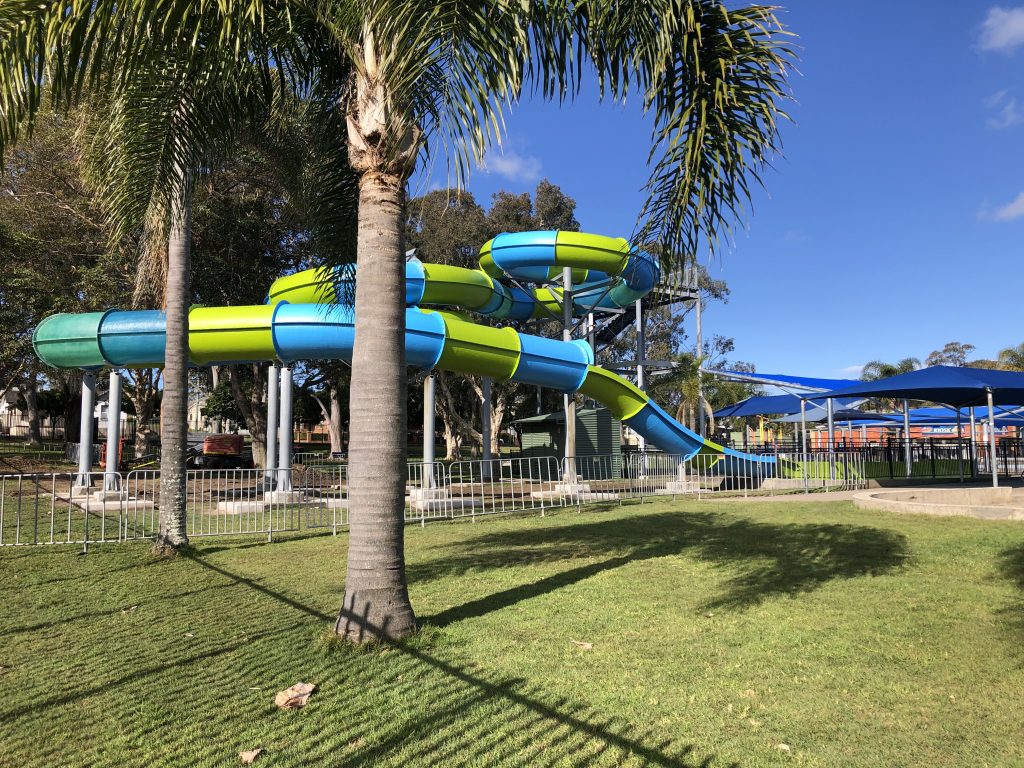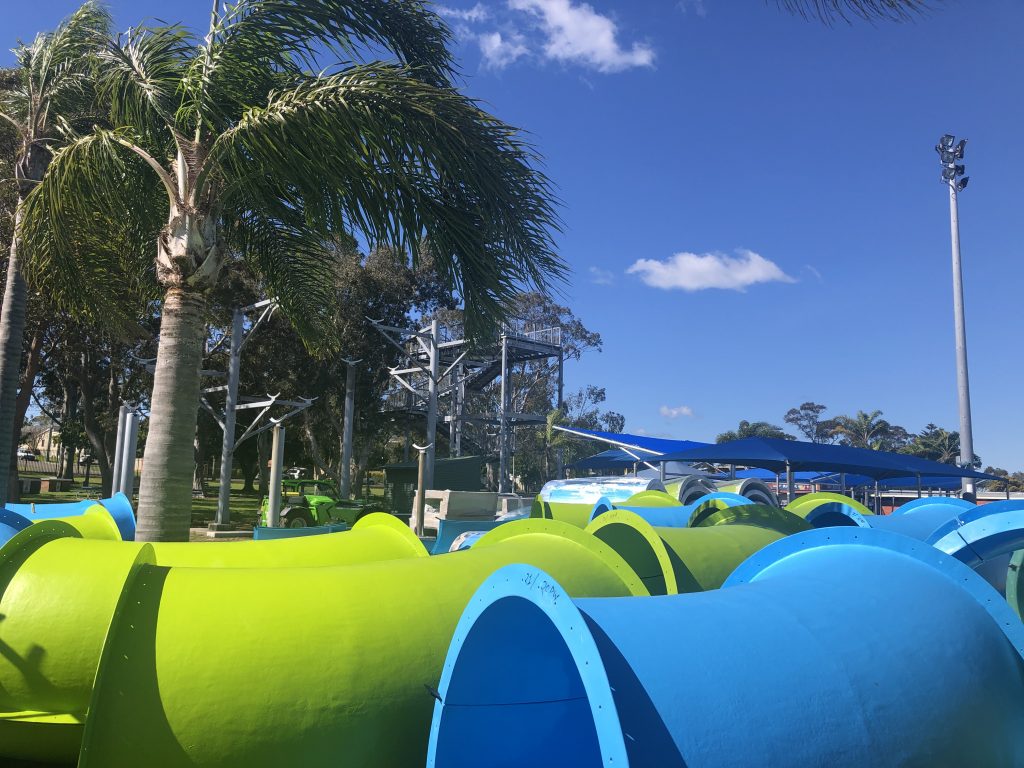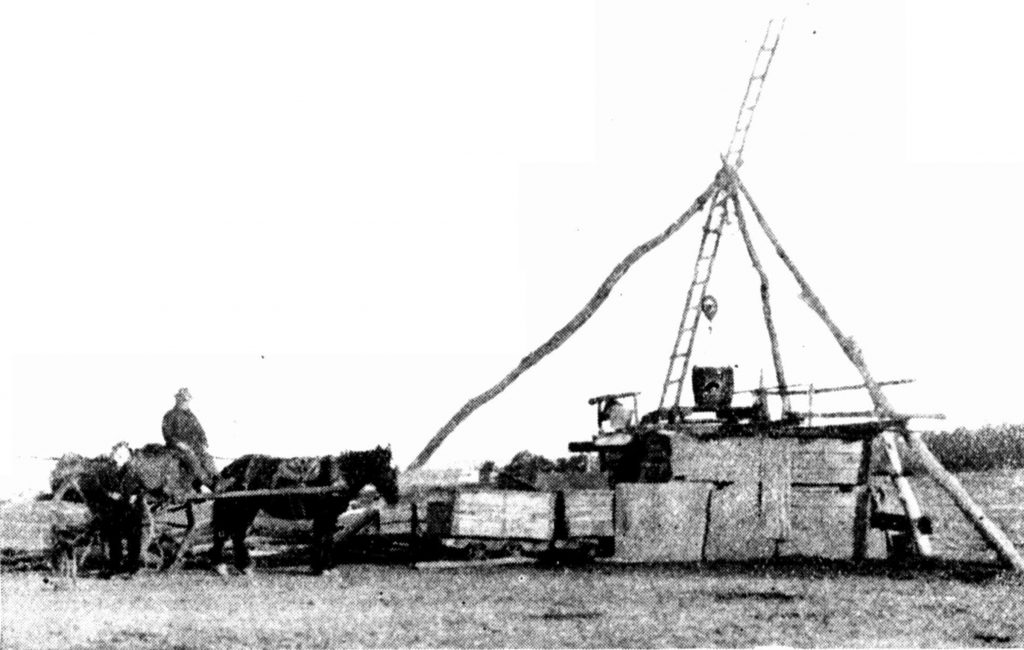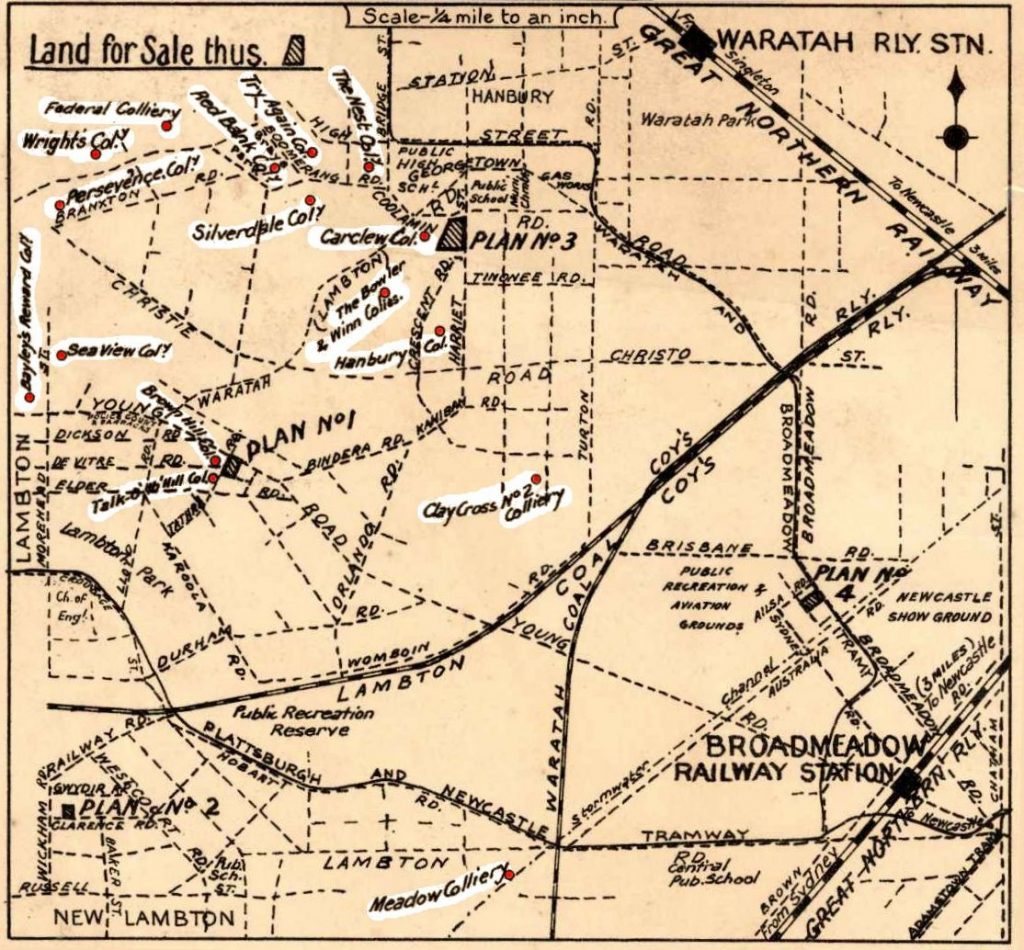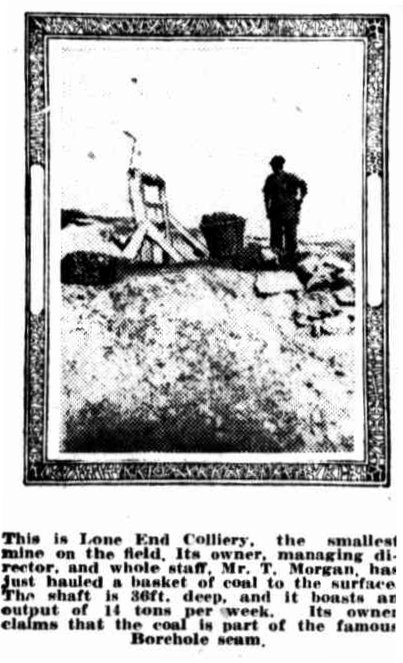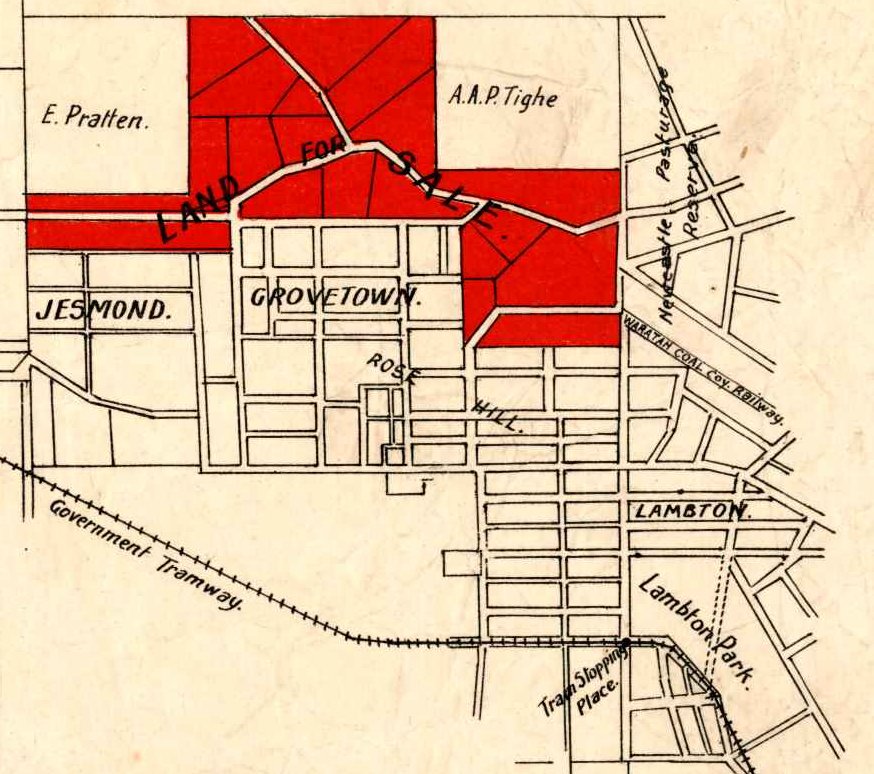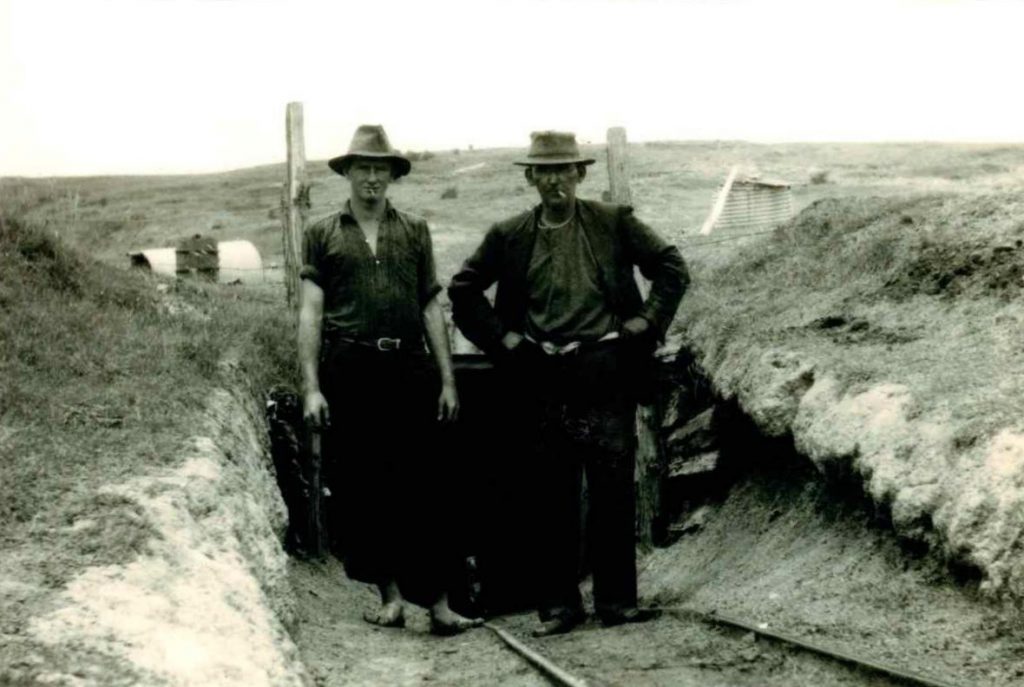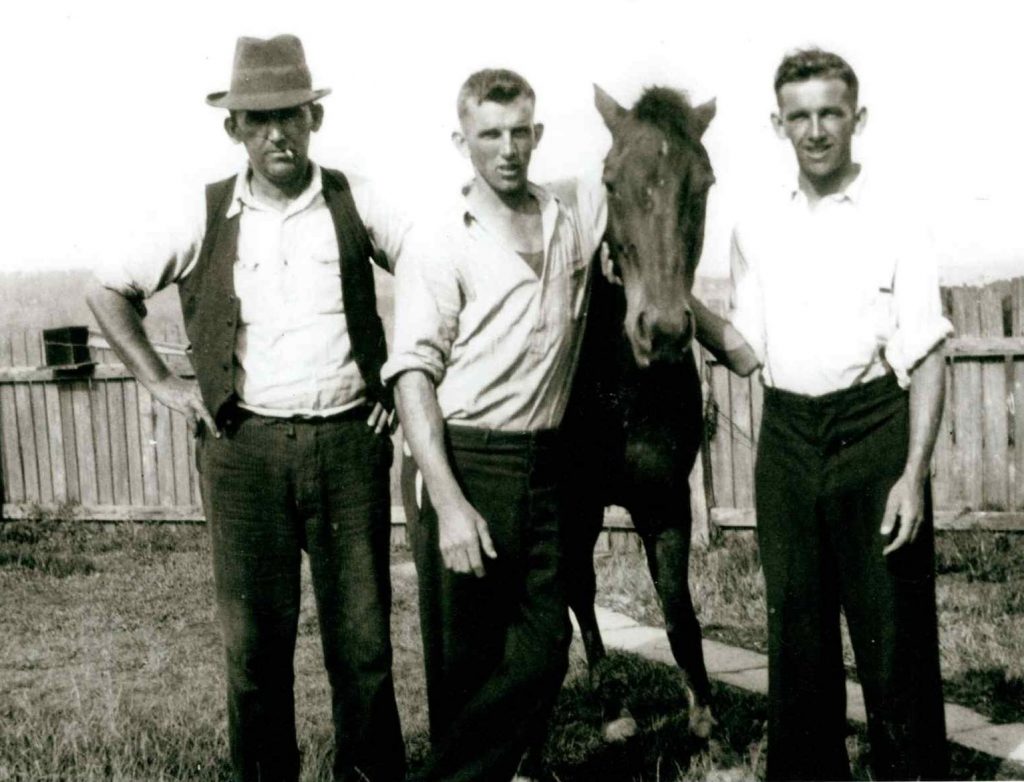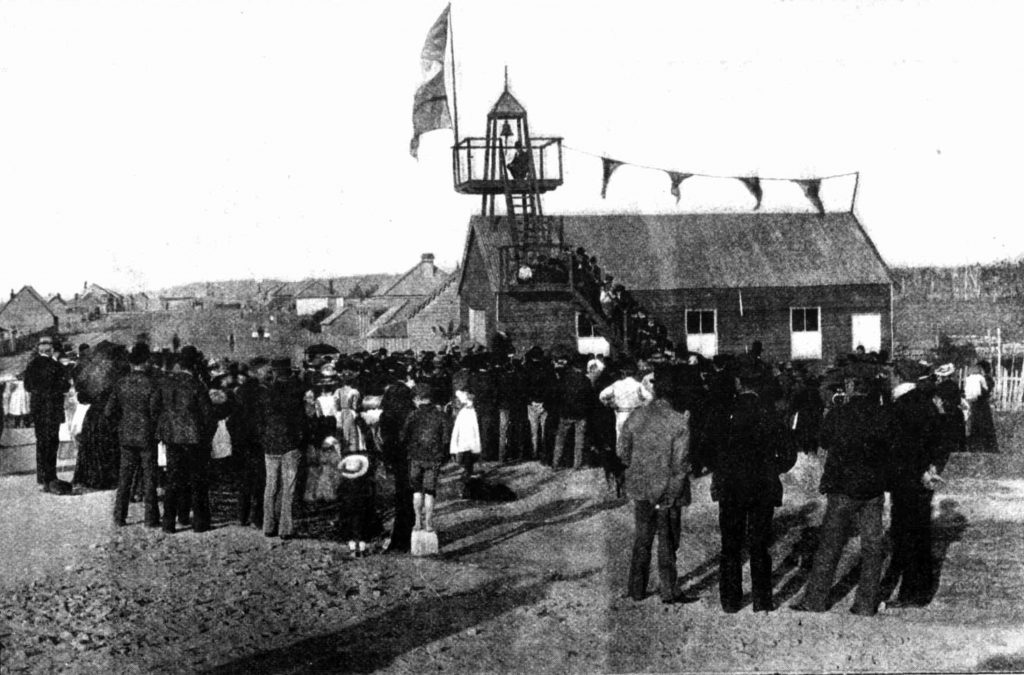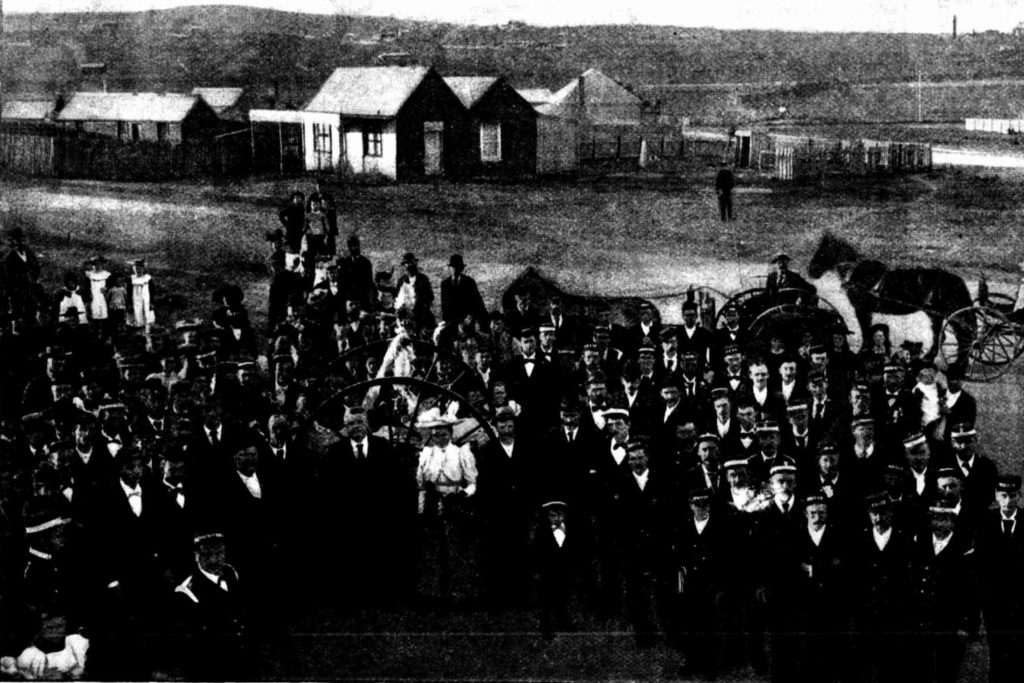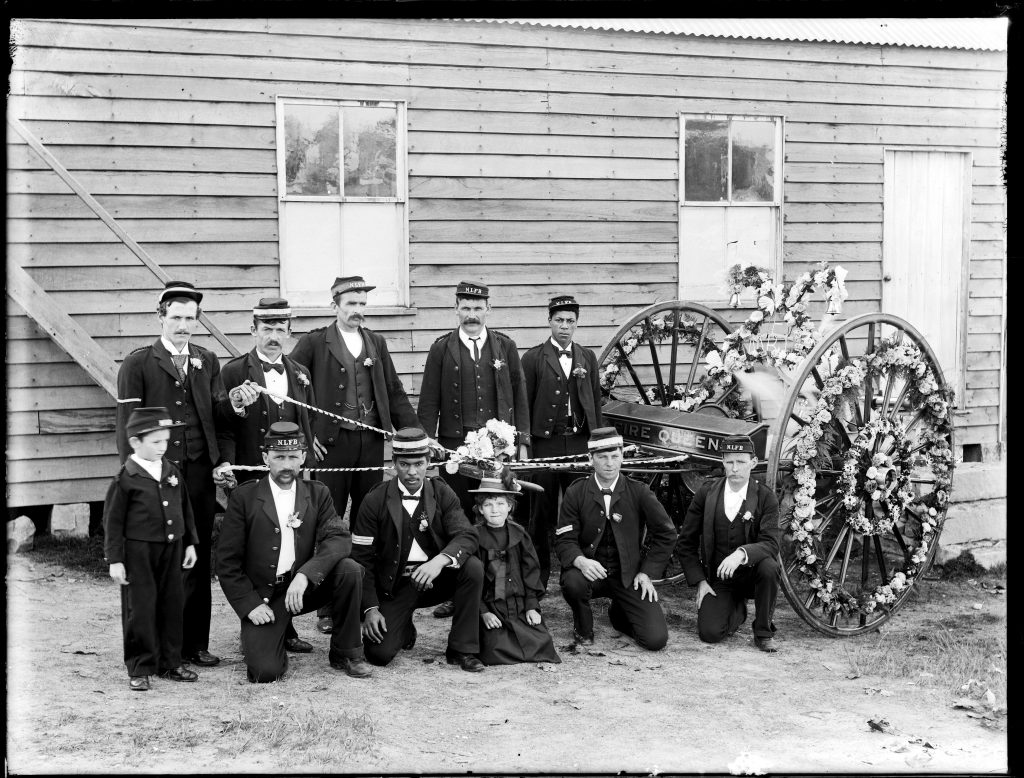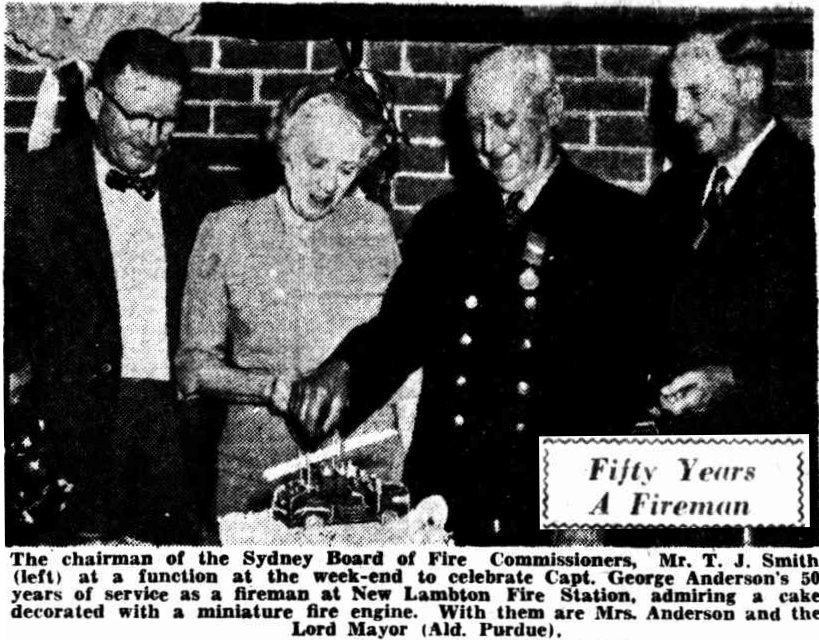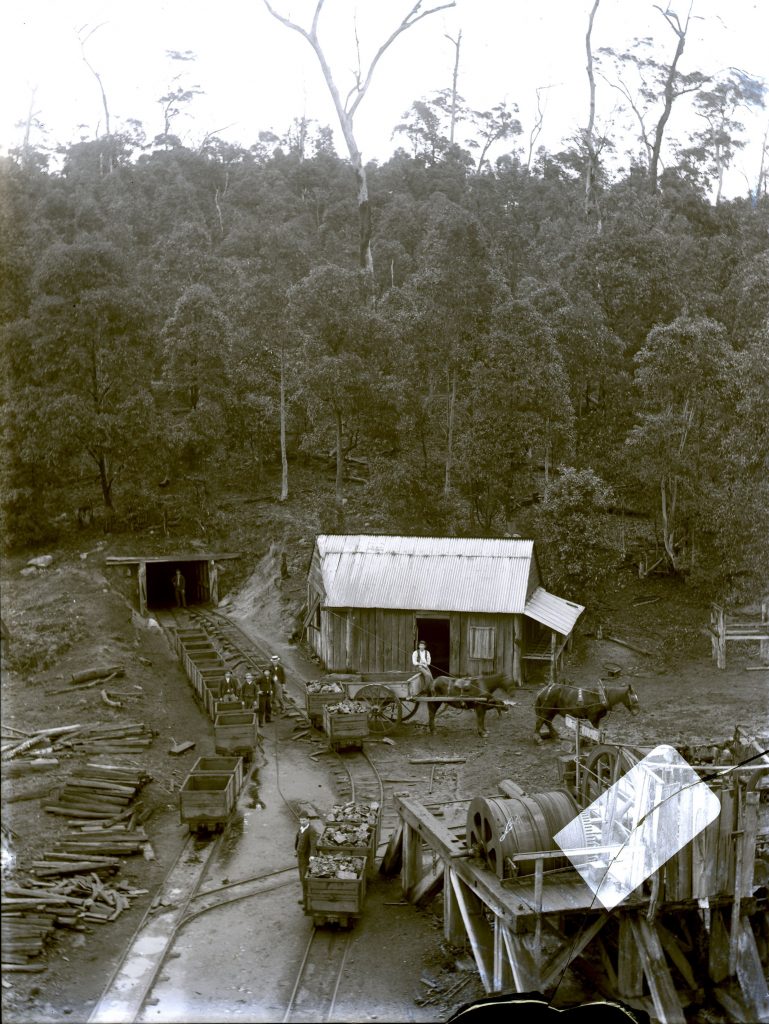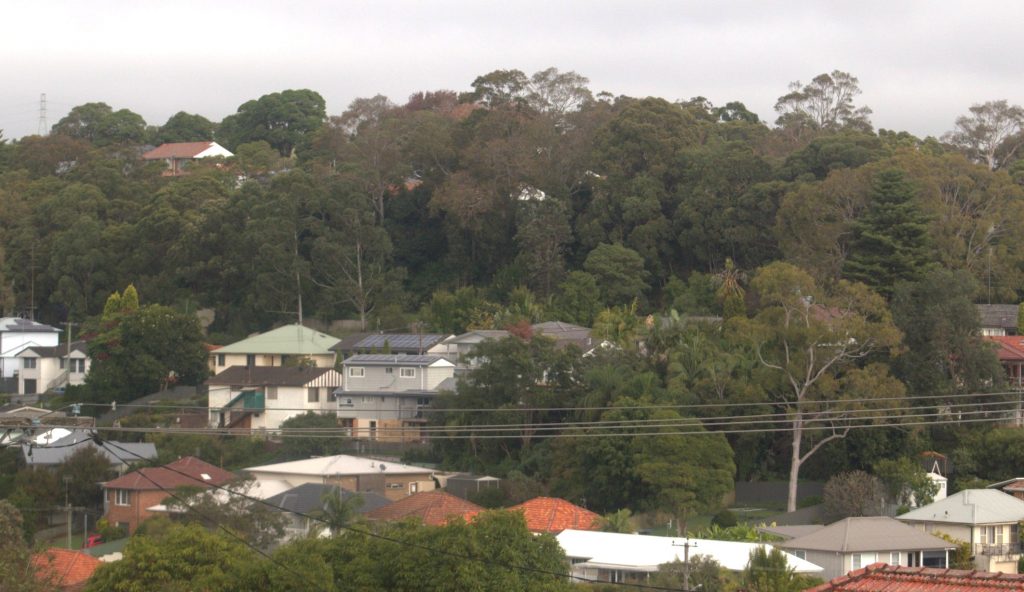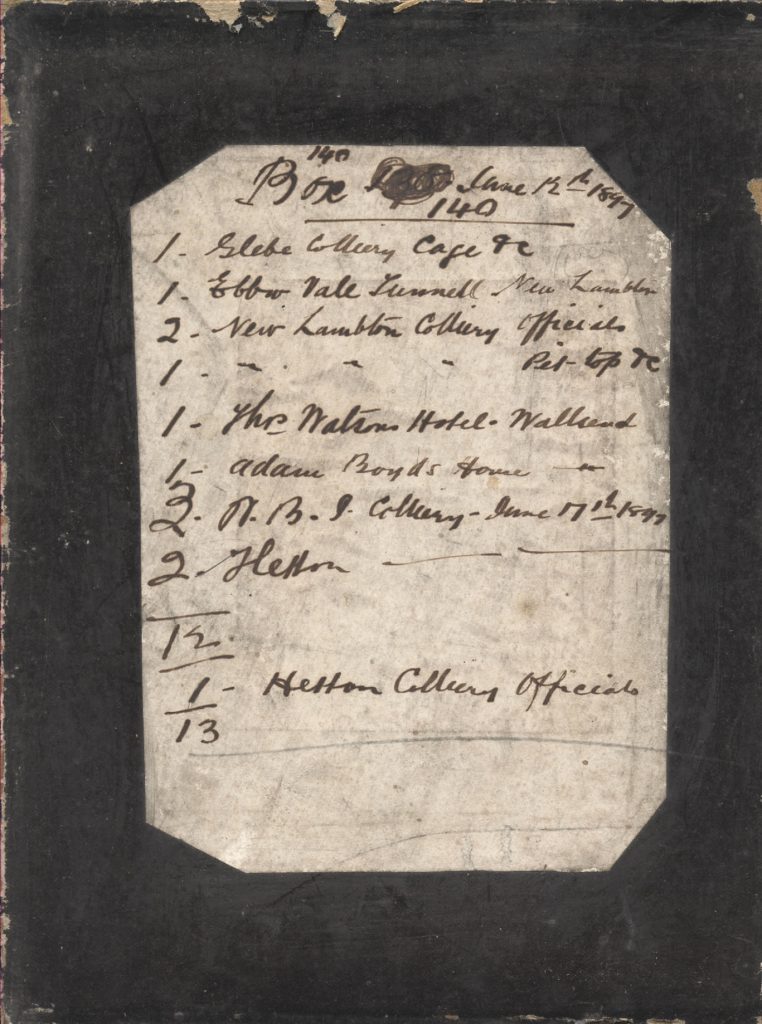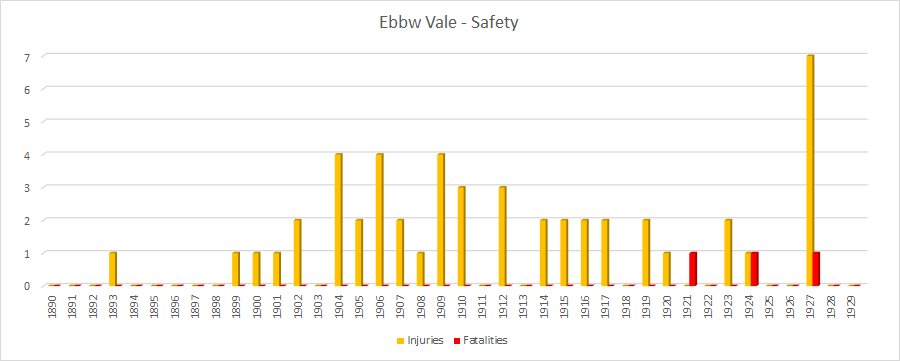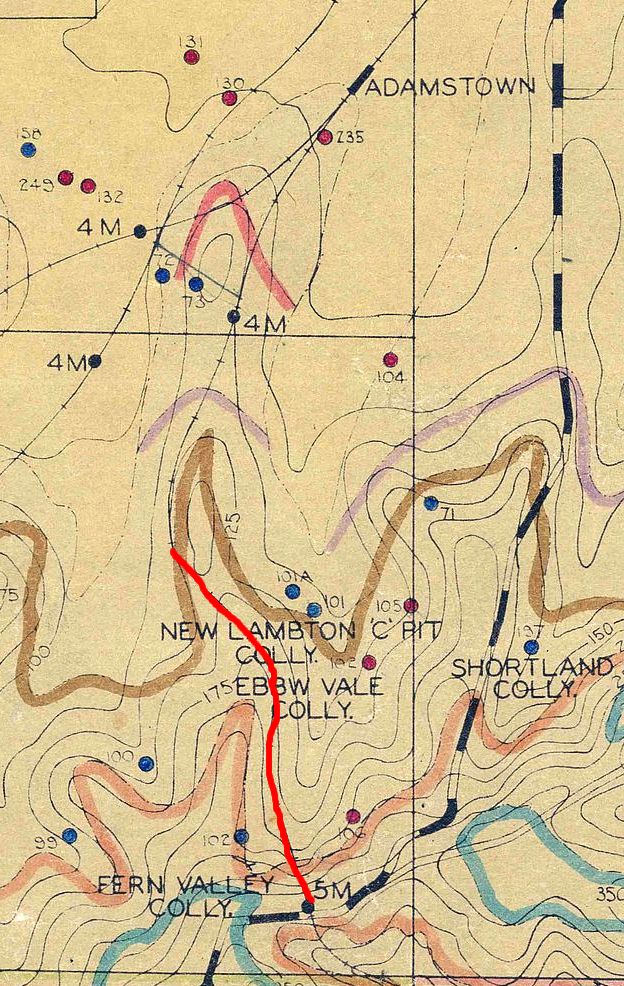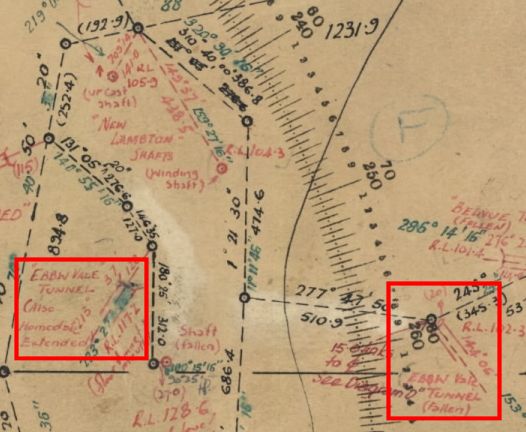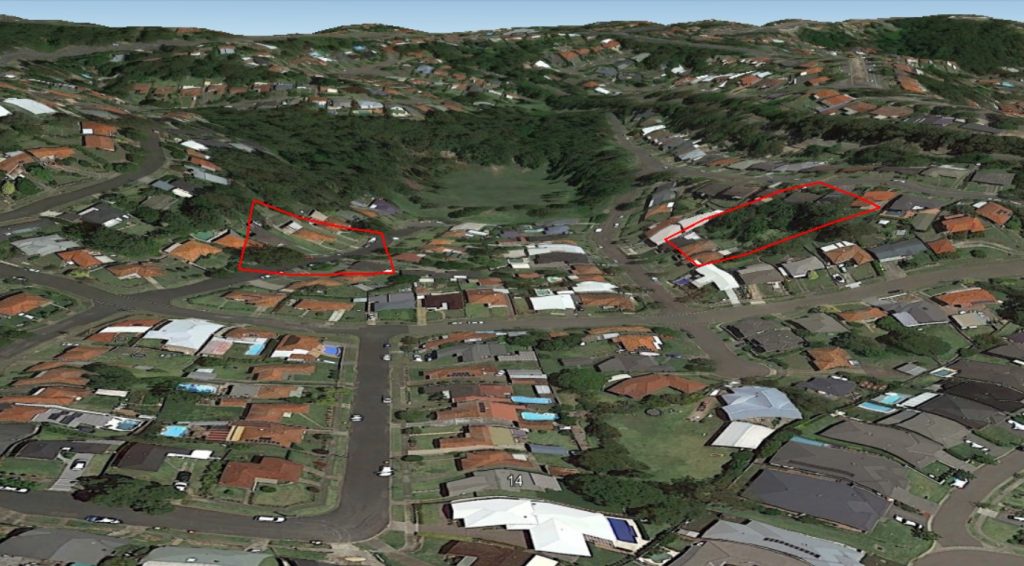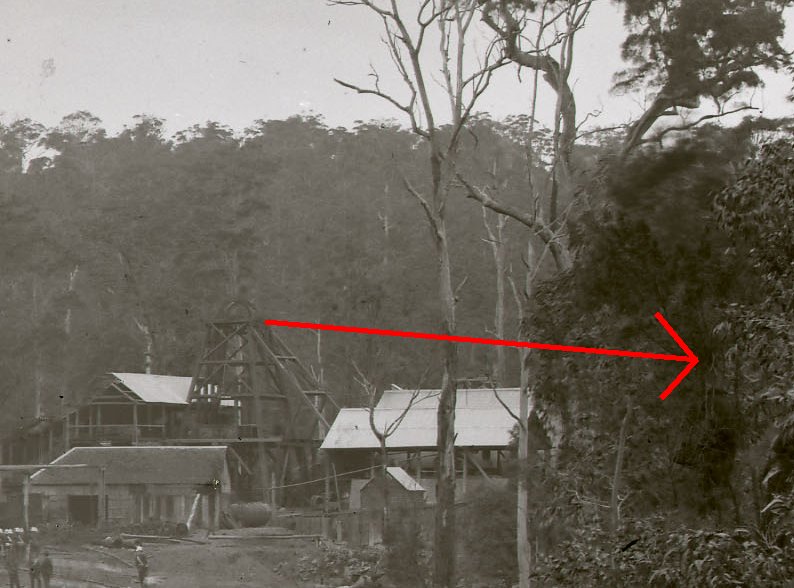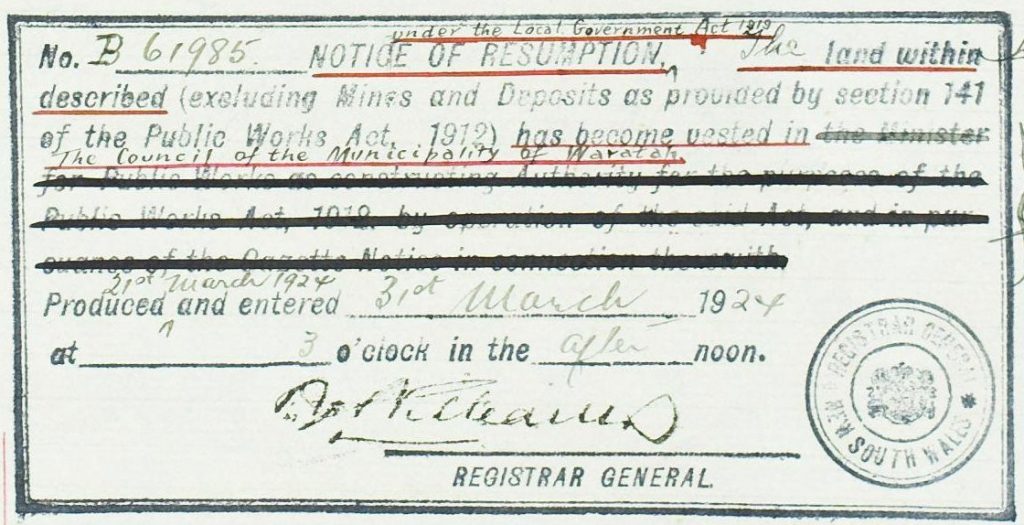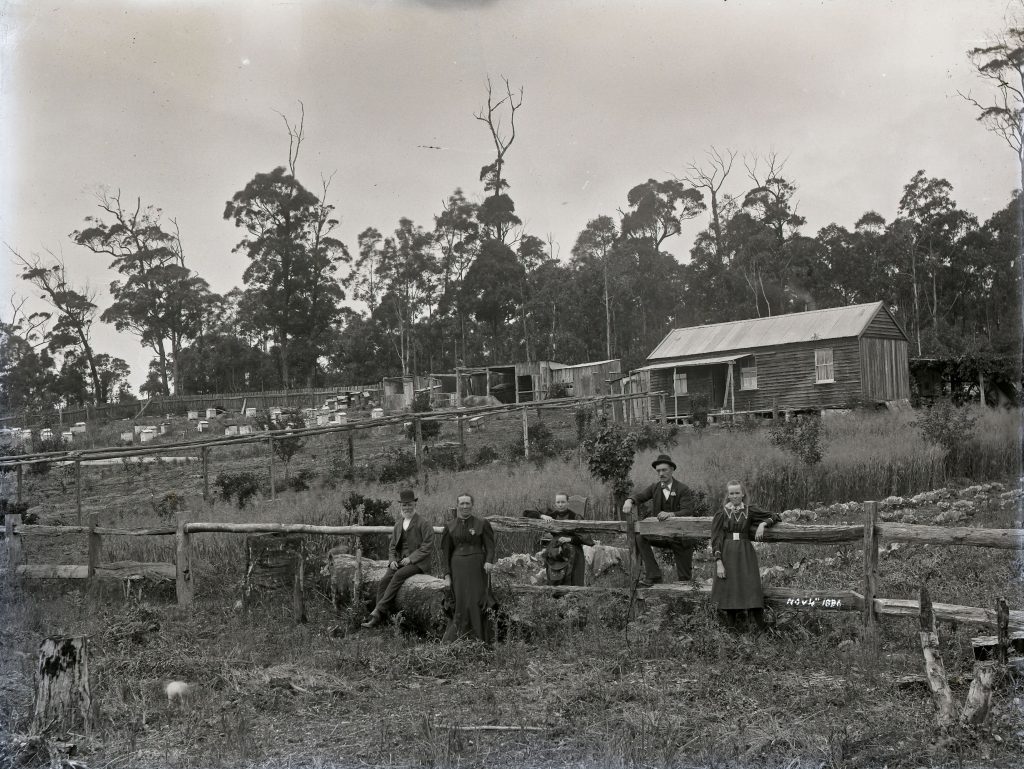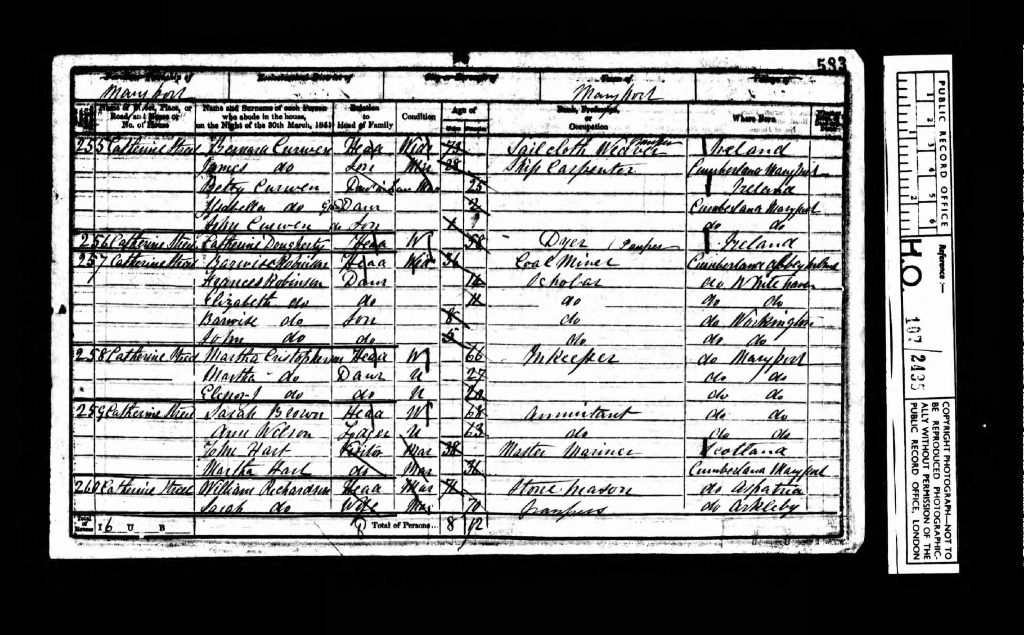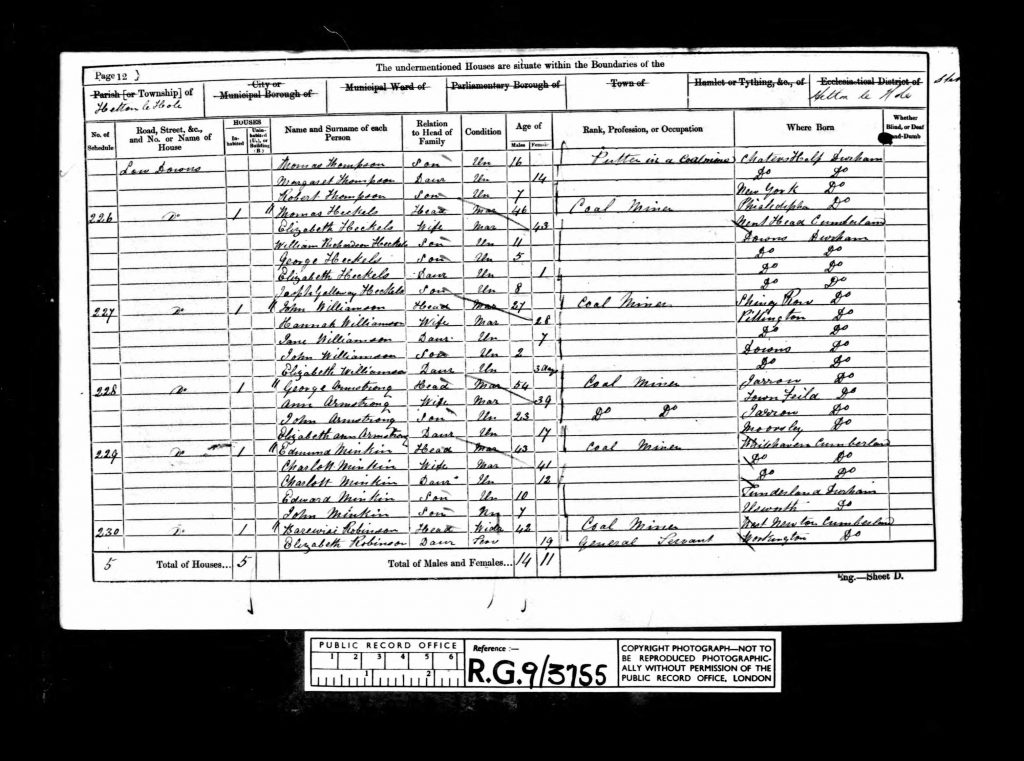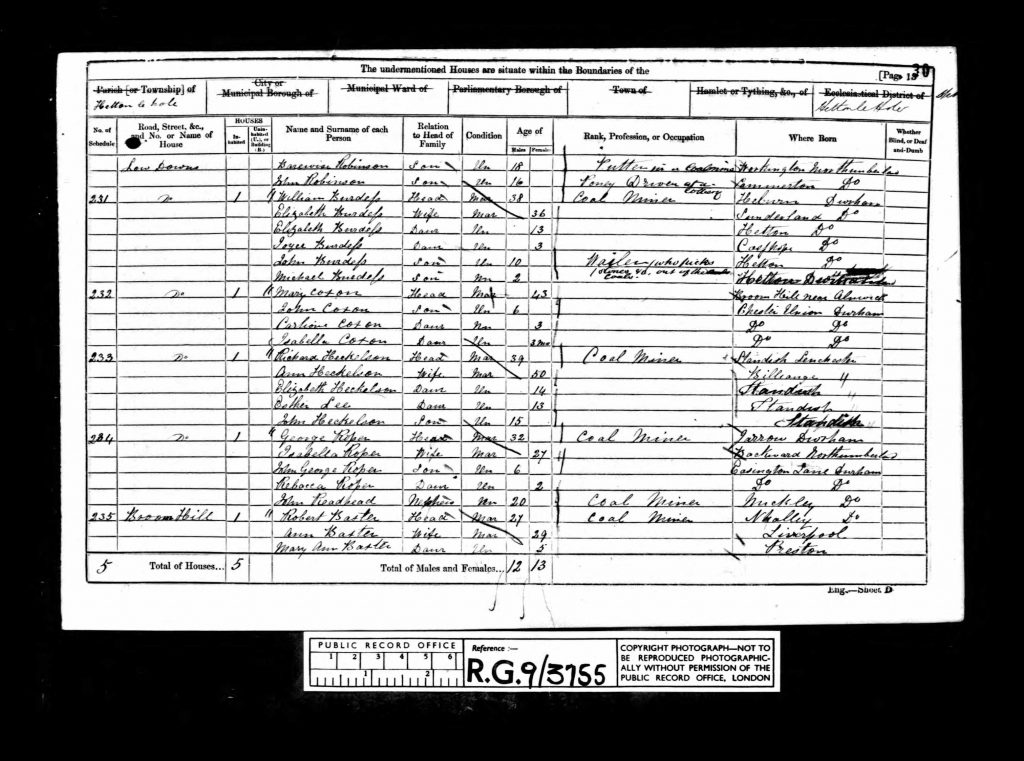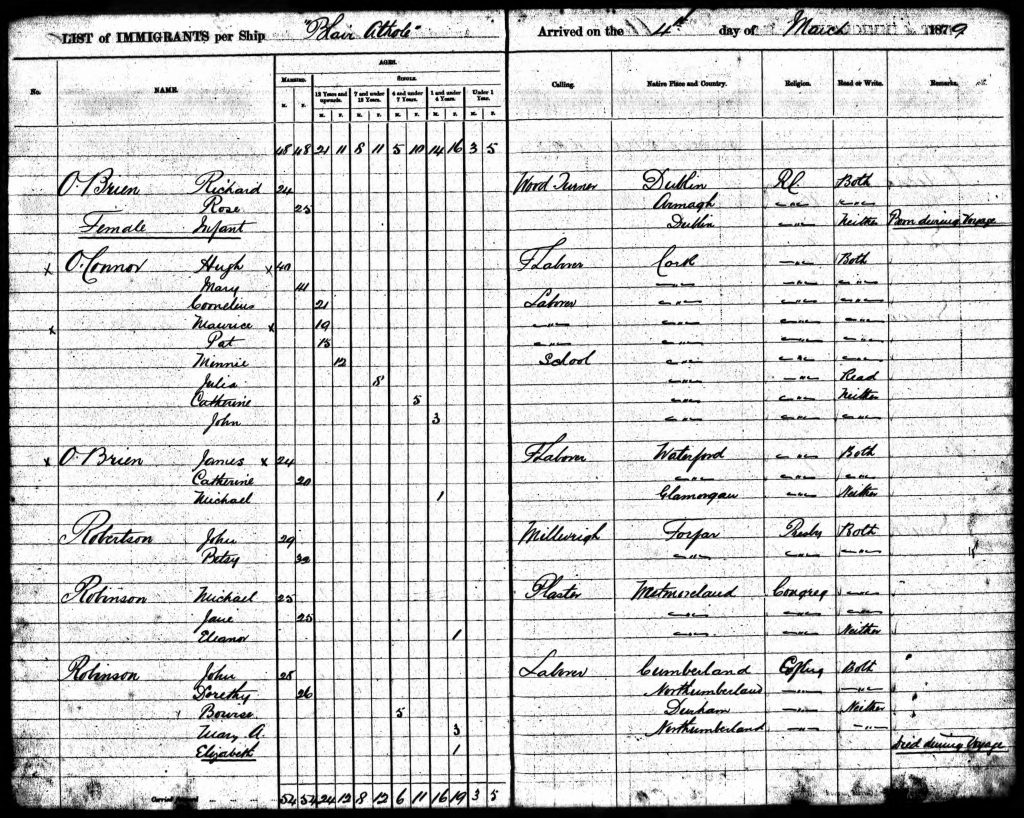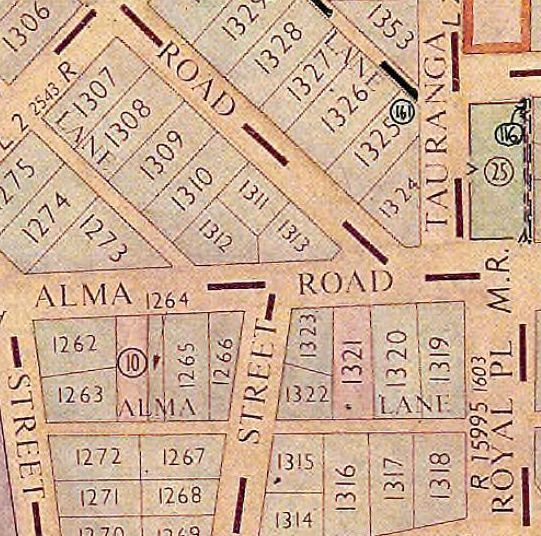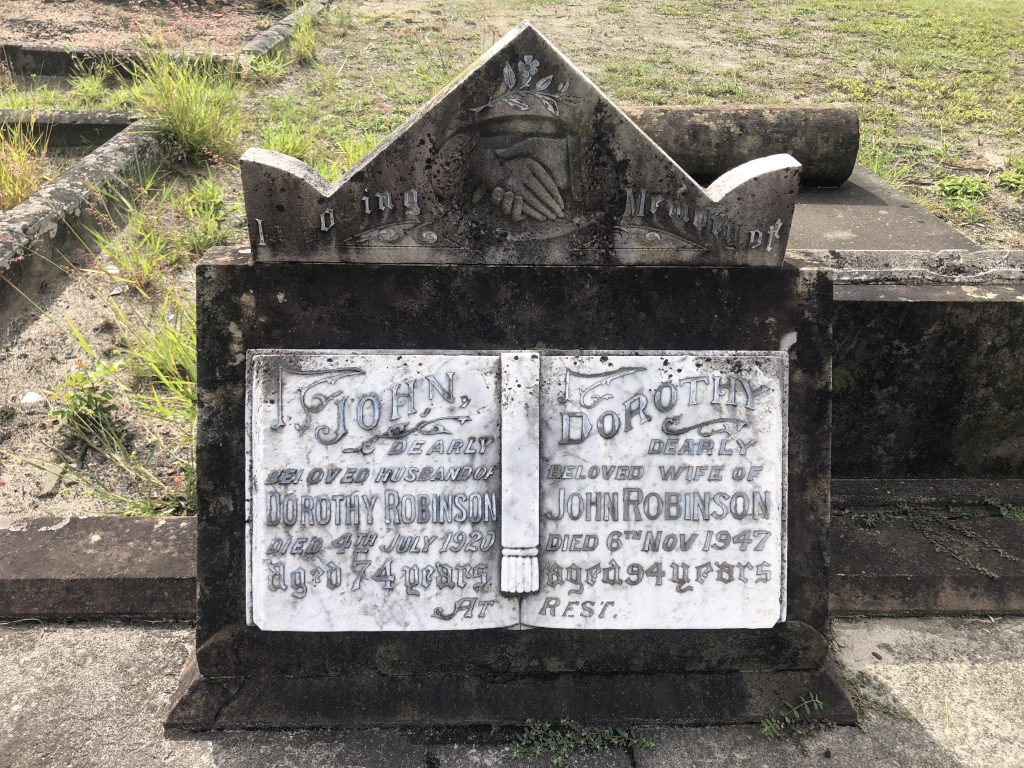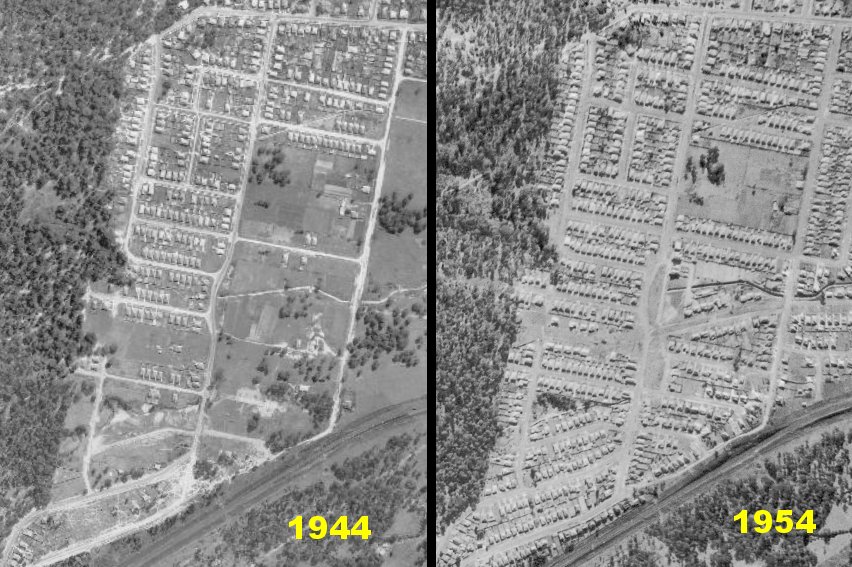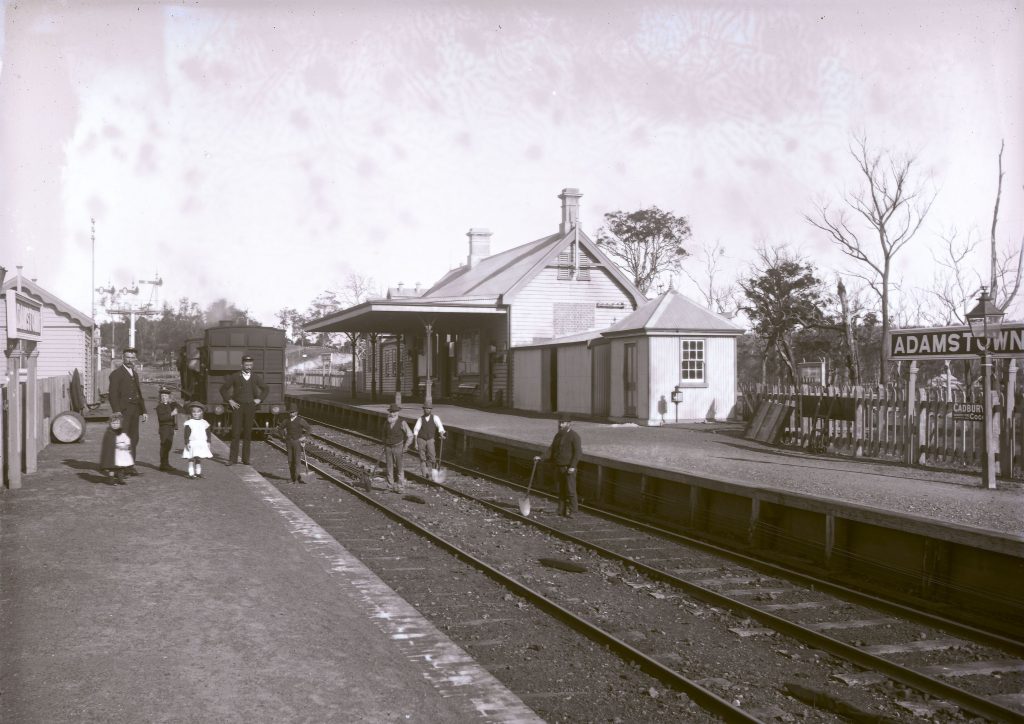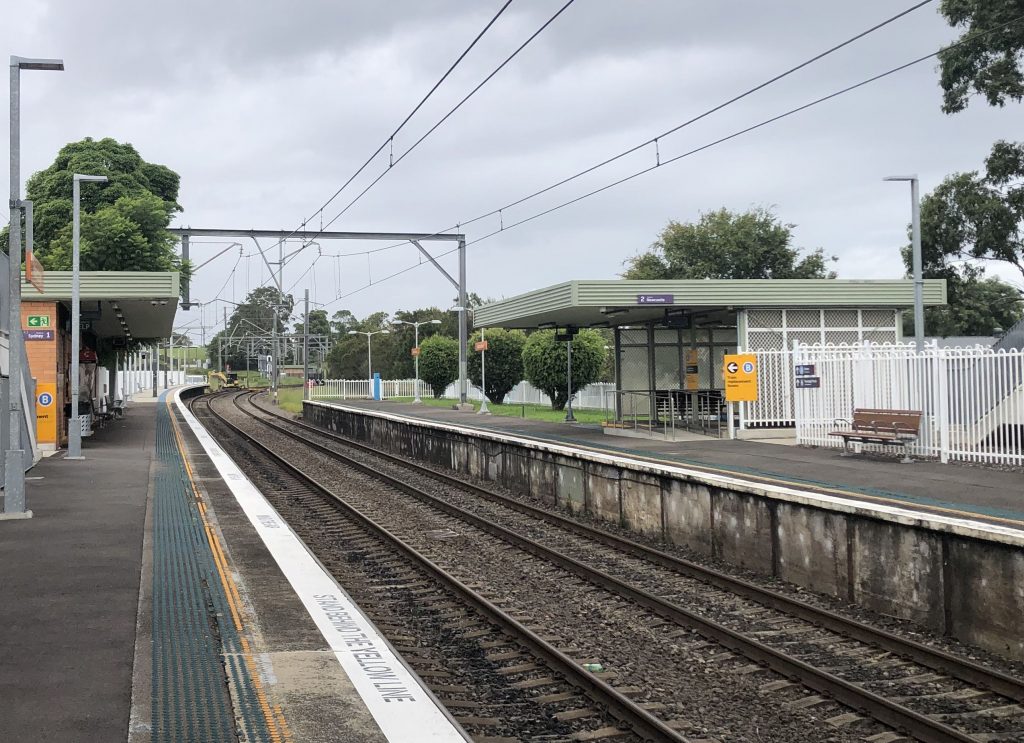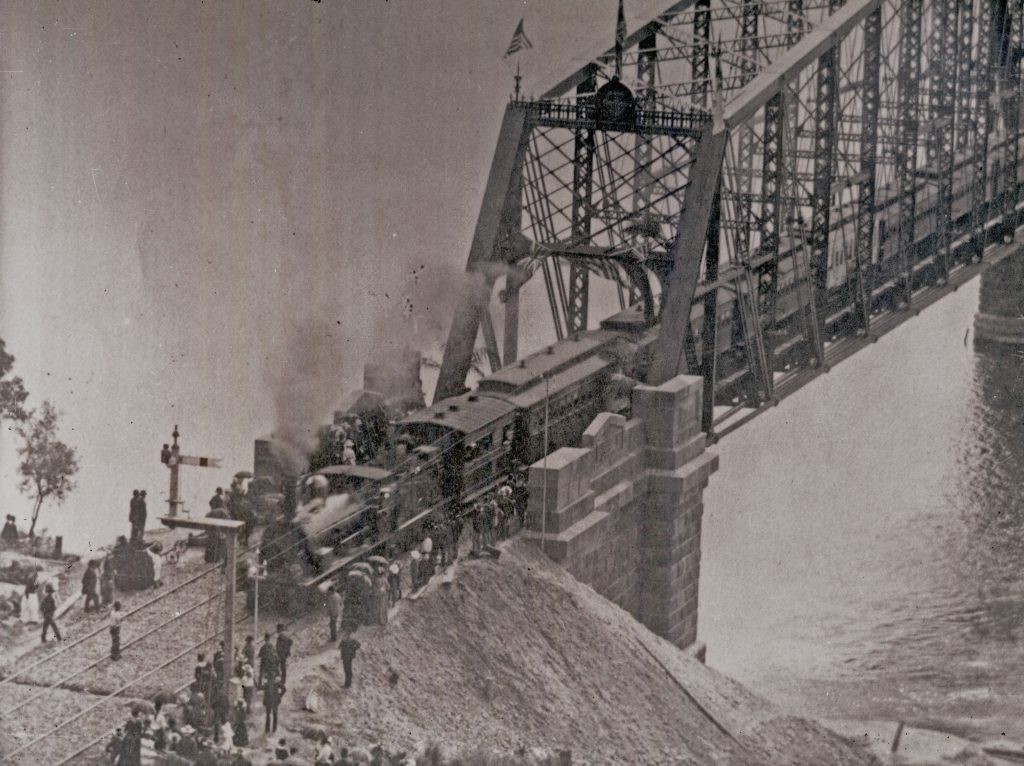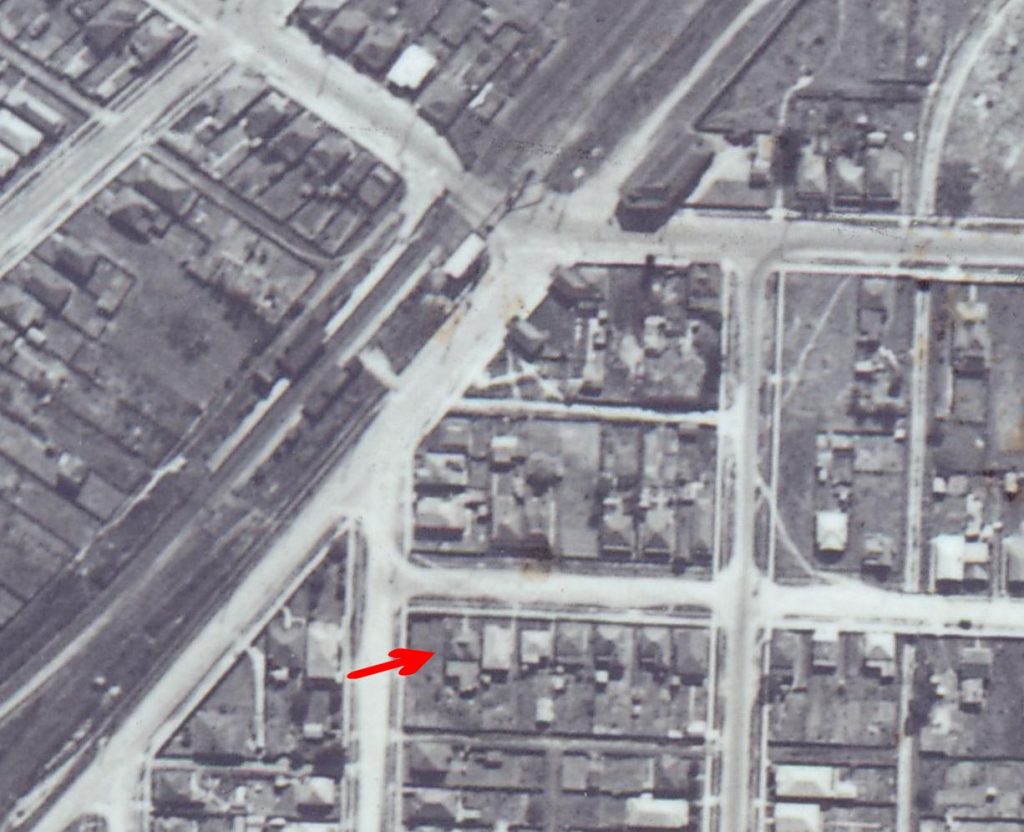During World War 2, New Lambton Public School was commandeered by the RAAF. But not just men served there, but also a large contingent from the Women’s Auxiliary Australian Air Force (WAAAF).
Previously the role of women in the armed services was restricted to mainly nursing and kitchen work. With the outbreak of war in 1939 there were many discussions, but no decisions, about enlisting women. In February 1941 a severe shortage of signals personnel prompted the air force to form the WAAAF, with an enrolment of 250 women to be trained as wireless and teleprinter operators. This was intended as a temporary arrangement, but when Japan entered the war in December 1941 the role of air defence increased, as did the need for the WAAAF.
In March 1942, No. 2 Fighter Sector headquarters commenced at New Lambton with 134 personnel, including 69 WAAAF servicewomen performing roles in telecommunications and plotting aircraft movements.
To assist the WAAAF, the Young Women’s Christian Association (YWCA), aided by volunteers and donations from the public, opened a hostel in a shop and residence at the corner of Hobart and Rugby Roads. The Newcastle Morning Herald and Miner’s Advocate report of the opening ceremony on 5 May 1942 noted that “The hostel has sleeping accommodation for nine, an attractive bathroom, a lounge-room where the girls can entertain their friends or write letters home, a piano, sewing machine, and a cheery kitchen where they can cook a meal.” In the first four months, 351 WAAAFs were accommodated at nights.
In December 1942 the YWCA closed the hostel when they opened a larger facility in Hunter Street Newcastle. This proved unsatisfactory for the WAAAF in New Lambton, and on 24 July 1943 the Church Army re-opened the Hobart Road site. The hostel finally closed in September 1944, when the RAAF transferred their operations at the school to new headquarters on Ash Island. After the war, the WAAAF was disbanded, having had 27000 women serve in 72 different trades.
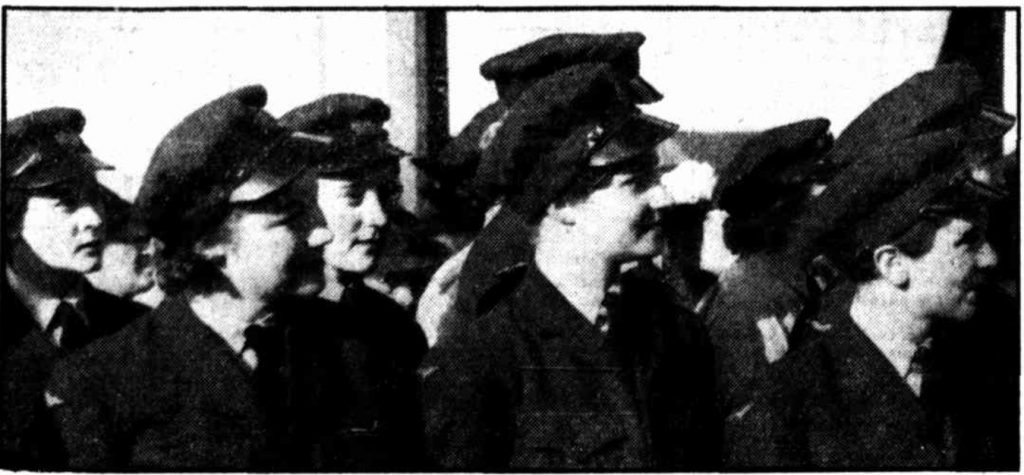
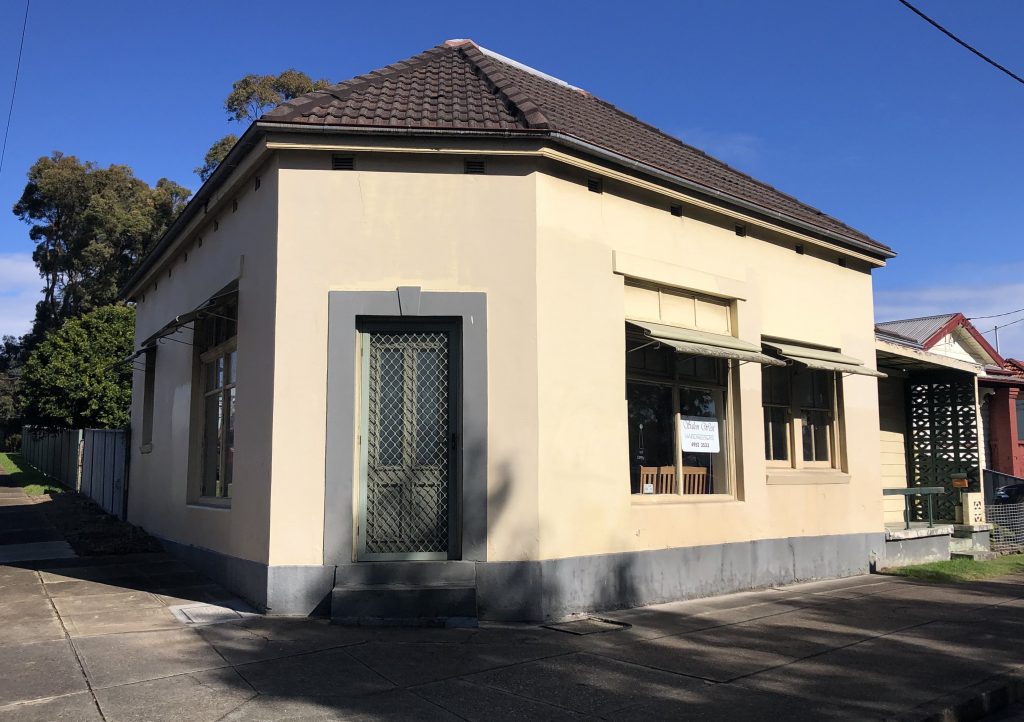
The article above was first published in the September 2022 edition of The Local.
Additional Information
The Newcastle Morning Herald and Miners’ Advocate reported on the opening of the WAAAF Hostel at New Lambton on 5 May 1942.
“REAL SHEETS on the bed … and mattresses, too,” cried members of the W.A.A.A.F. excitedly when they inspected the service women’s hostel yesterday for the first time. “Can’t we have a bath now?” suggested another. The hostel was officially opened yesterday by the Mayor of Greater Newcastle (Ald. Young). Members of the W.A.A.A.F. formed a guard of honour. The Australian army nursing service was also represented. The hostel, which is at New Lambton, has many facilities that will be appreciated by service women. It has sleeping accommodation for nine, an attractive bathroom, a lounge-room where the girls can entertain their friends or write letters home, a piano, sewing machine, and a cheery kitchen where they can cook a meal. The hostel has been opened by the Y.W.C.A. to serve all women in uniform.
Newcastle Morning Herald and Miners’ Advocate, 6 May 1942
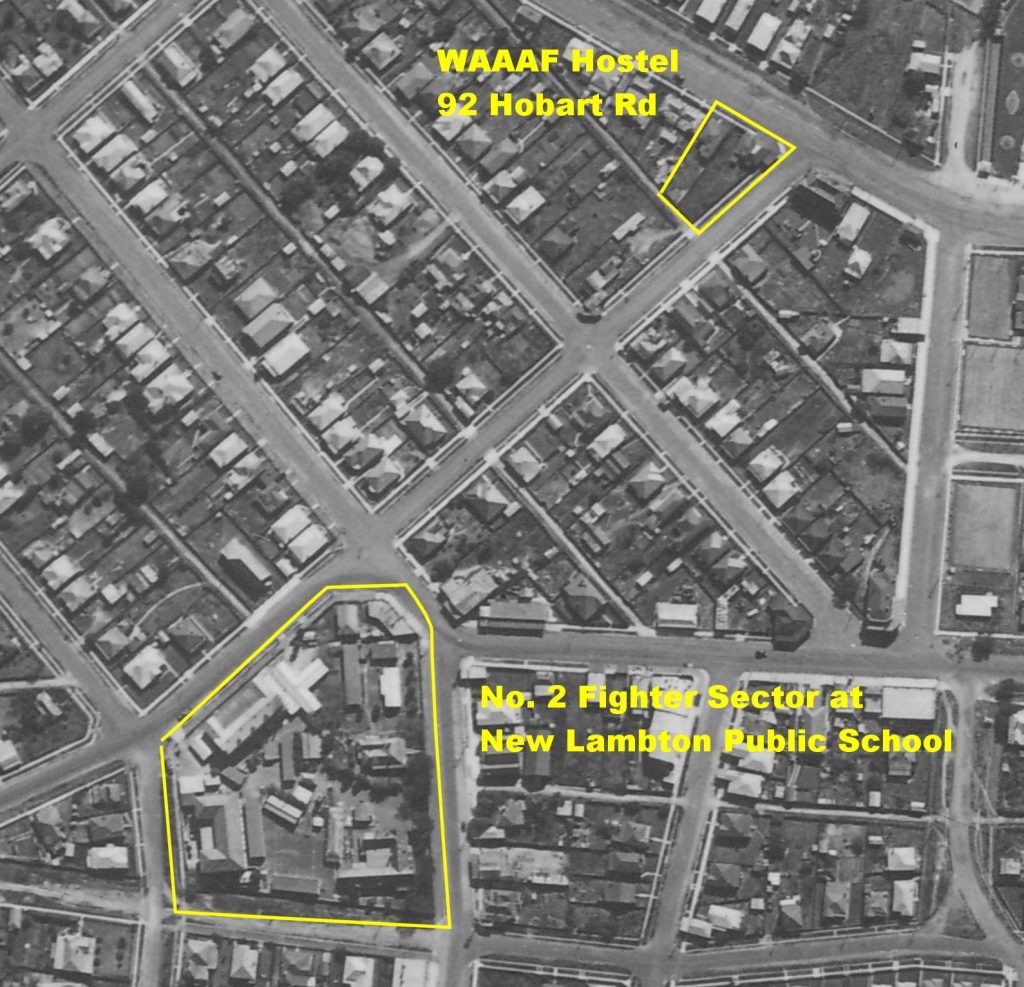
The Newcastle Morning Herald and Miners’ Advocate reported on 24 September 1942 that
Three upper floors of the Hunter street building once occupied by John’s Silk Store are being converted into a leave-house for women of the services. The room will be equipped with 50 beds, bathrooms with hot and cold water, a dance-floor and recreation rooms where the girls can entertain friends. A resident fully trained Y.W.C.A. matron will be in attendance to look after the girls’ needs.
The opening of the City hostel in December 1942, led to the closure of the New Lambton W.A.A.A.F. Hostel, the YWCA explaining that …
New Lambton hostel was closed because, with the opening of the leave house in the city, it was felt that the needs of service women in the district would be adequately met.
Newcastle Morning herald and Miners’ Advocate, 20 January 1943.
The John’s Silk store building still exists today at 200 Hunter Street, Newcastle.
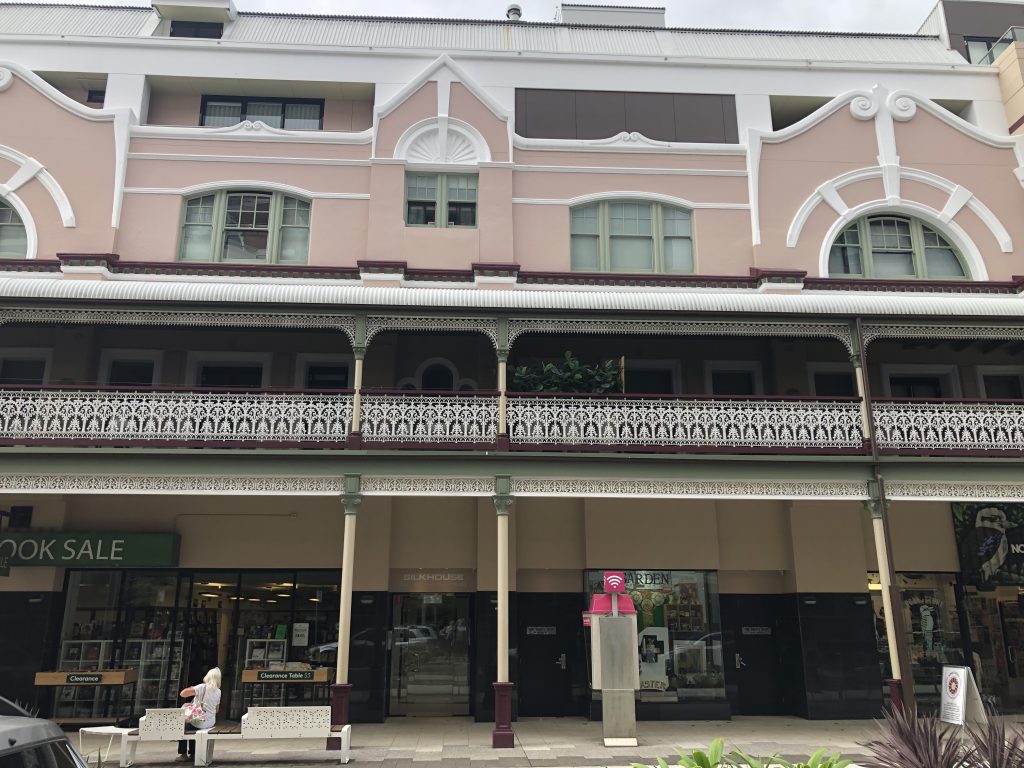

Newspaper articles
| Article Date Event Date | Notes |
|---|---|
| 22 Apr 1942 | "Members of the public who are interested in the establishment of the leave hostel for uniformed women, which will be opened shortly at New Lambton, are invited by the Y.W.C.A. Board of Directors to attend a meeting in the Y.W.C.A. lounge next Tuesday ... It was decided at a meeting yesterday to appeal for gifts of linen, such as sheets, tea towels and tablecloths. Gifts of china would also be appreciated. Uniformed women will be able to sleep at the hostel, also to do laundry and ironing there. Baths, which have been a problem for the W.A.A.A.F. will be available." |
| 24 Apr 1942 | "Property at the corner of Hobart and Rugby Roads, New Lambton (a shop and residence), has been selected for the establishment of a leave hostel for the convenience of W.A.A.A.Fs and other service women. The scheme is in the hands of the Y.W.C.A. Board of Directors. There are hopes that the hostel will be officially opened on May 5." |
| 5 May 1942 | "The hostel for servicewomen, controlled by the Y.W.C.A., will be opened at New Lambton at 3 o'clock this afternoon by the Mayor (Ald. Young). The building has been transformed into a cheery and comfortable centre where servicewomen can sleep, eat and do their laundry. A lounge room has been provided." |
| 6 May 1942 5 May 1942 | Report of the opening of the servicewomen's hostel at New Lambton. |
| 25 Aug 1942 | The Australian Comforts Fund last night decided to finance the establishment of an hostel for women of the Services. The hostel, which is estimated to cost £1500, will be on the upper floors of John's store. A request to the A.C.F. to advance the £1500 was made by Mrs. Cockburn and Mrs. Penny on behalf of the Y.W.C.A. Mrs. W Neve said that as hundreds of uniformed girls were expected to be sent to the district, a leave centre was urgently needed. The Mayor (Ald. Young) said this was a wonderful opportunity for the A.C.F. to show its appreciation of the patriotic efforts of hundreds of women war workers in Newcastle. |
| 11 Sep 1942 | Report on the first four months of operation of the hostel. "It was reported that some of the service girls had particularly expressed their appreciation of the amenities provided by the hostel, and their anxiety that it should not he closed when the larger leave house in the city is opened. The committee decided that unless the hostel should prove definitely not to be needed every effort should be made to continue it. Since the opening of the hostel, 351 W.A.A.A.F.S. had been accommodated for nights, and many more had used it for rest and recreation during the day." |
| 24 Sep 1942 | "Three upper floors of the Hunter street building once occupied by John's Silk Store are being converted into a leave-house for women of the services. The room will be equipped with 50 beds, bathrooms with hot and cold water, a dance-floor and recreation rooms where the girls can entertain friends. A resident fully trained Y.W.C.A. matron will be in attendance to look after the girls' needs." |
| 4 Dec 1942 | Mrs Dunkley, Newcastle's new Mayoress, opens the Hunter Street servicewomen's hostel. |
| 30 Dec 1942 | "With the tremendous increase in women's service, the Leave House, maintained jointly by the Y.W.C.A. and A.C.F,. was established over John's Building in Hunter-street. The whole place is delightfully furnished, and shows how much work went into it. Mrs. Douglas is in charge at the hostel." |
| 20 Jan 1943 | "New Lambton hostel was closed because, with the opening of the leave house in the city, it was felt that the needs of service women in the district would be adequately met." |
| 23 Jan 1943 | "Referring yesterday to the closing of the hostel formerly conducted by the Y.W.C.A. at New Lambton, Captain J. S. Cowland, of the Church Army, said that the Church Army took the view, and for that it had official support, that a women's hostel at New Lambton was necessary. It was prepared to reopen the hostel without delay if arrangements could be made." |
| 22 Jun 1943 | A PUBLIC MEETING will be held in ALL SAINTS' CHURCH HALL, CROMWELL-ROAD, NEW LAMBTON, on WEDNESDAY, JUNE 30th, at 2.30 p.m. All those interested in the establishment of a SERVICE WOMEN'S HOSTEL in NEW LAMBTON are heartily invited to attend. |
| 25 Jun 1943 | "THE CHURCH ARMY has opened a hostel for service women at 92 Hobart-road, New Lambton. It provides sleeping accommodation and light meals, following the custom of the parent society, which has several hostels in England." |
| 13 Jul 1943 | "A successful meeting and screening of film strips on the progress of Soviet Russia was held in the New Lambton Parish Hall. Half the proceeds were given to the Church Army to assist in setting up a service women's hostel at New Lambton." |
| 15 Jul 1943 24 Jul 1943 | "Mrs. F. de Witt Batty, wife of the Bishop of Newcastle, will open the Church Army Service Women's Hostel, at 92 Hobart-road, New Lambton, on July 24, at 3 p.m. This hostel will cater for service women during their recreation periods. At present the hostel has sleeping accommodation for 10 nightly, but it is hoped to enlarge the building as finances permit." |
| 27 Jul 1943 24 Jul 1943 | The Church Army servicewomen's hostel in Hobart-road, New Lambton, was officially opened by Mrs. F. De Witt Batty." |
| 9 Dec 1943 | "An appeal for a radio set for the servicewomen's hostel at New Lambton has been made by the Church Army Women's Auxiliary. The hostel was proving a 'home away from home' for women in uniform. Girls were able to go in and out of the hostel at any time. Washing and ironing facilities were provided as well as free writing paper and a good library service." |
| 20 Sep 1944 | "The small hostel in New Lambton for girls stationed at New Lambton R.A.A.F. centre would close at the end of the month. The school has been handed back to the Education Department. This hostel was originally run by the Y.W.C.A. Later. It was taken over by the Church Army." |

